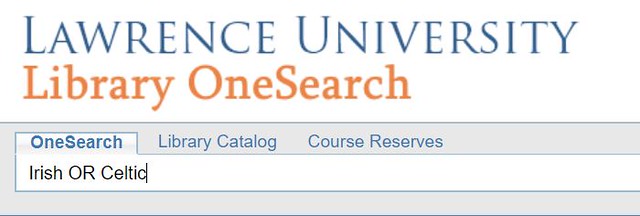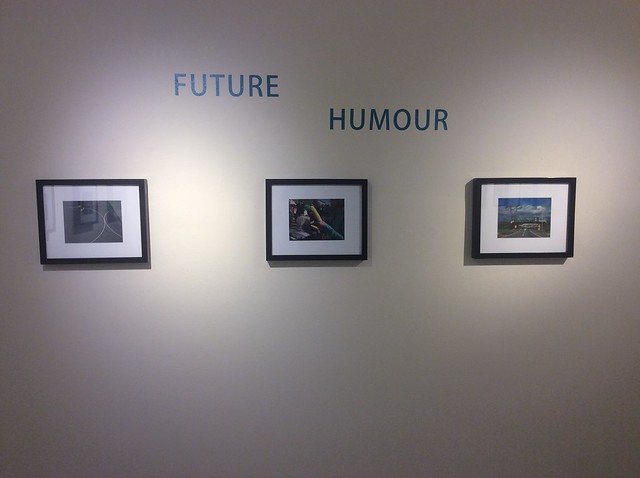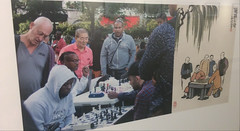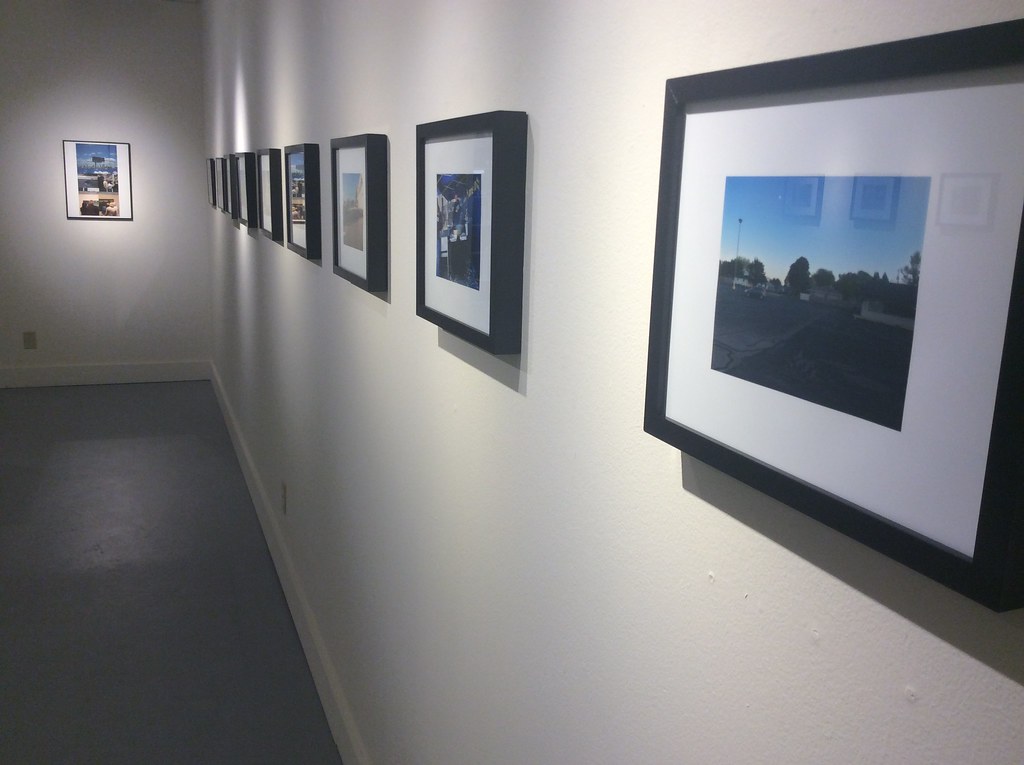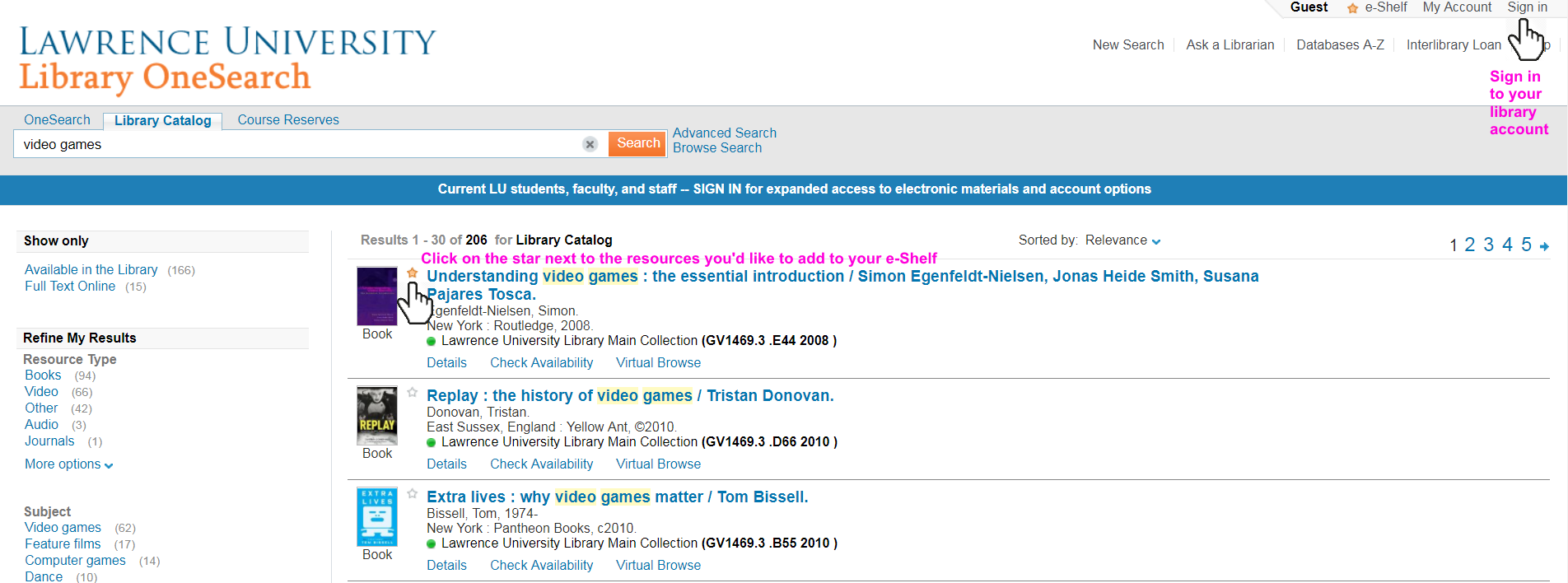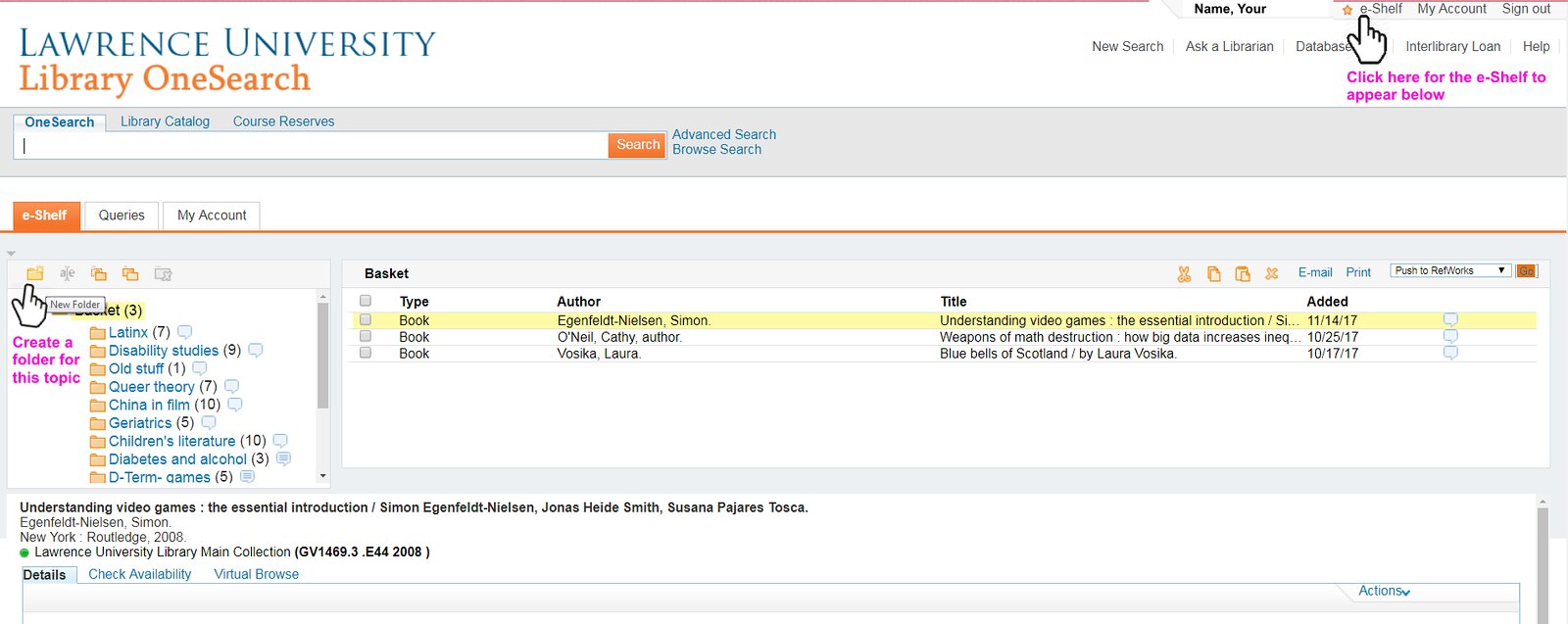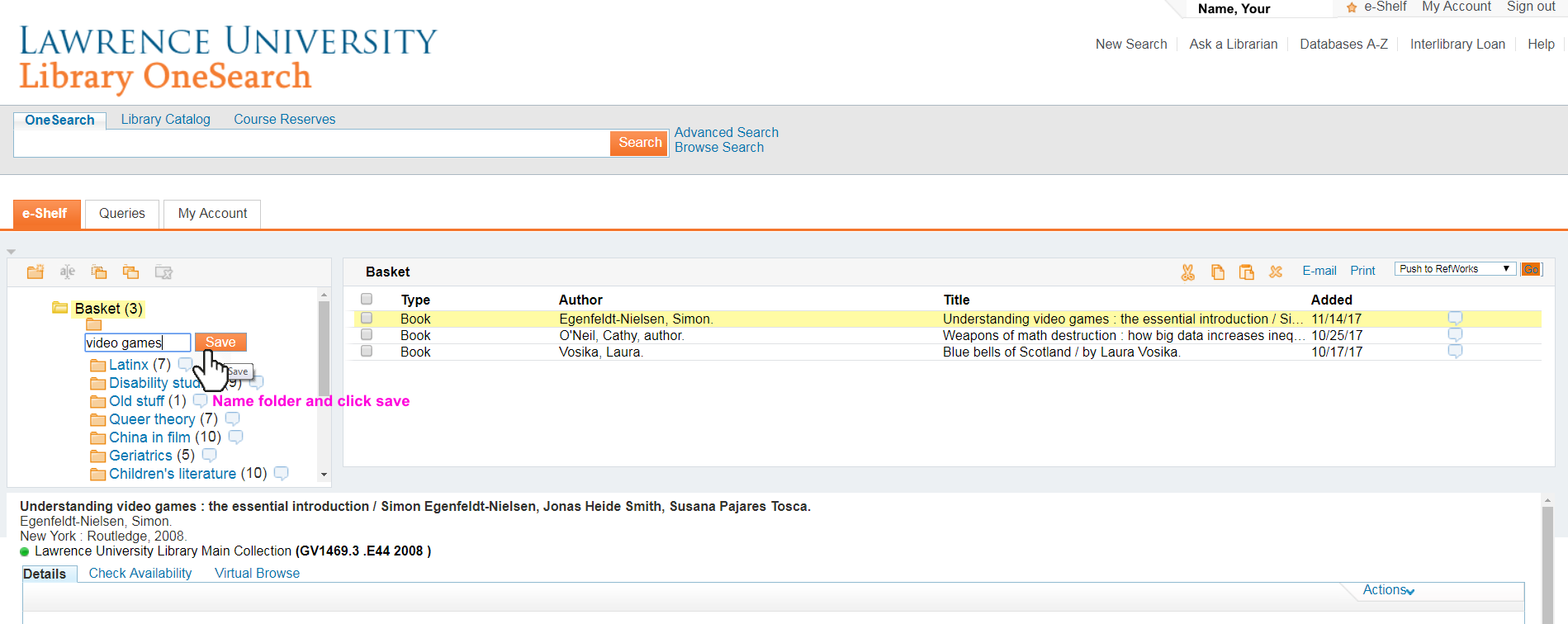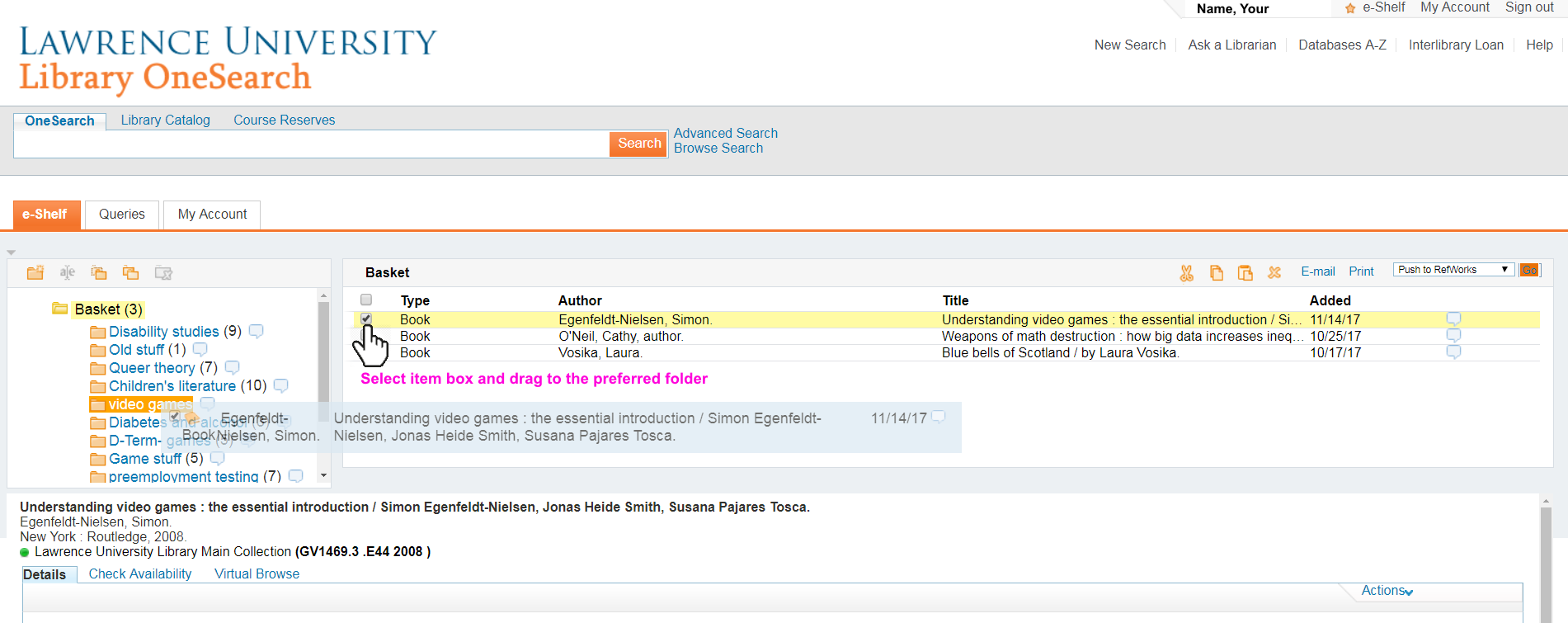Wonder and Resonance is a student-curated exhibit on view in the Mudd Gallery until Monday, March 12th. Using selections from Lawrence’s Anthropology and Archaeology collection, Manuel Ferreira crafted a show which explores the cultural meanings behind various artifacts. Ferreira encourages the viewer to experience the wonder and resonance of these cultural objects writing, “Wonder is the power of an object to grab the attention of a viewer, to convey a sense of enchantment and charisma. Resonance is the power of an object to go beyond itself, to convey the complex and dynamic cultural, historical, and personal forces that created it.”
Unlike a traditional museum exhibition, which would likely separate artifacts by time period, culture, and geography, Ferreira includes objects which cross all these boundaries. Walking through you’ll see an Aztec death whistle which dates back to the 12th century a few feet from Chinese ivory. The rich and diverse selection of the exhibit encourages the viewer to consider the consistent power objects have throughout cultures and time.
More than just present the viewer with a beautiful variety of objects, Ferreira pushes us to consider what goes into building a collection asking among other things: how did Lawrence come in possession of these objects? Why are they displayed the way they are and how does that affect my experience? The result is an affecting and intimate experience with objects you otherwise are unlikely to have.
We at the Mudd are incredibly excited to house this exhibit and hope you all have a chance to see it before it closes Monday, March 12.

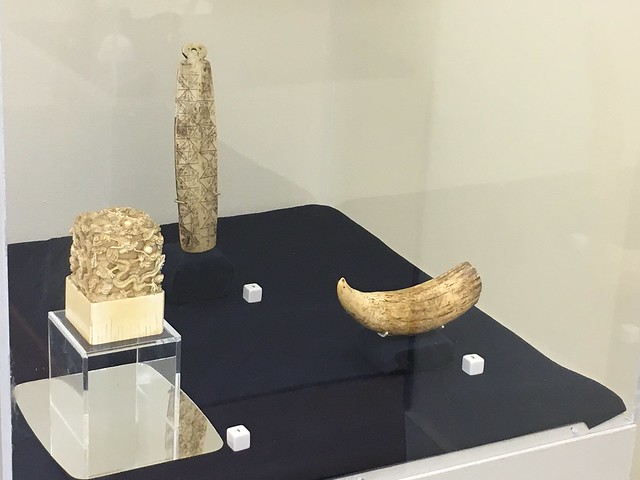

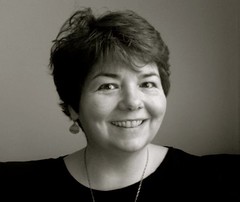


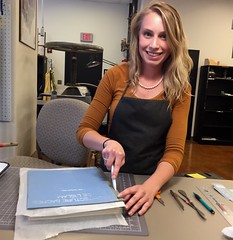 My path to librarianship has felt fluid and fated in many ways. With a multidisciplinary approach to a career in libraries, it is no wonder Lawrence has had such a huge impact on my path. I have always been a lover of books, spending much of my childhood and adult life immersed in literature and libraries. But it was fateful day at Lawrence University that set my sites on the world of books as my career.
My path to librarianship has felt fluid and fated in many ways. With a multidisciplinary approach to a career in libraries, it is no wonder Lawrence has had such a huge impact on my path. I have always been a lover of books, spending much of my childhood and adult life immersed in literature and libraries. But it was fateful day at Lawrence University that set my sites on the world of books as my career.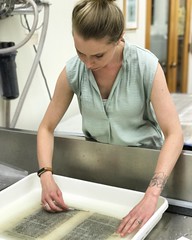
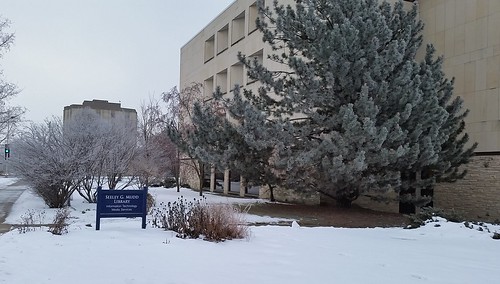 The annual winter break closure is quickly approaching, so be sure to get to the Mudd Library to pick up your books, movies, music, and scores to help you prepare for winter term (or catch up on the fun stuff).
The annual winter break closure is quickly approaching, so be sure to get to the Mudd Library to pick up your books, movies, music, and scores to help you prepare for winter term (or catch up on the fun stuff).